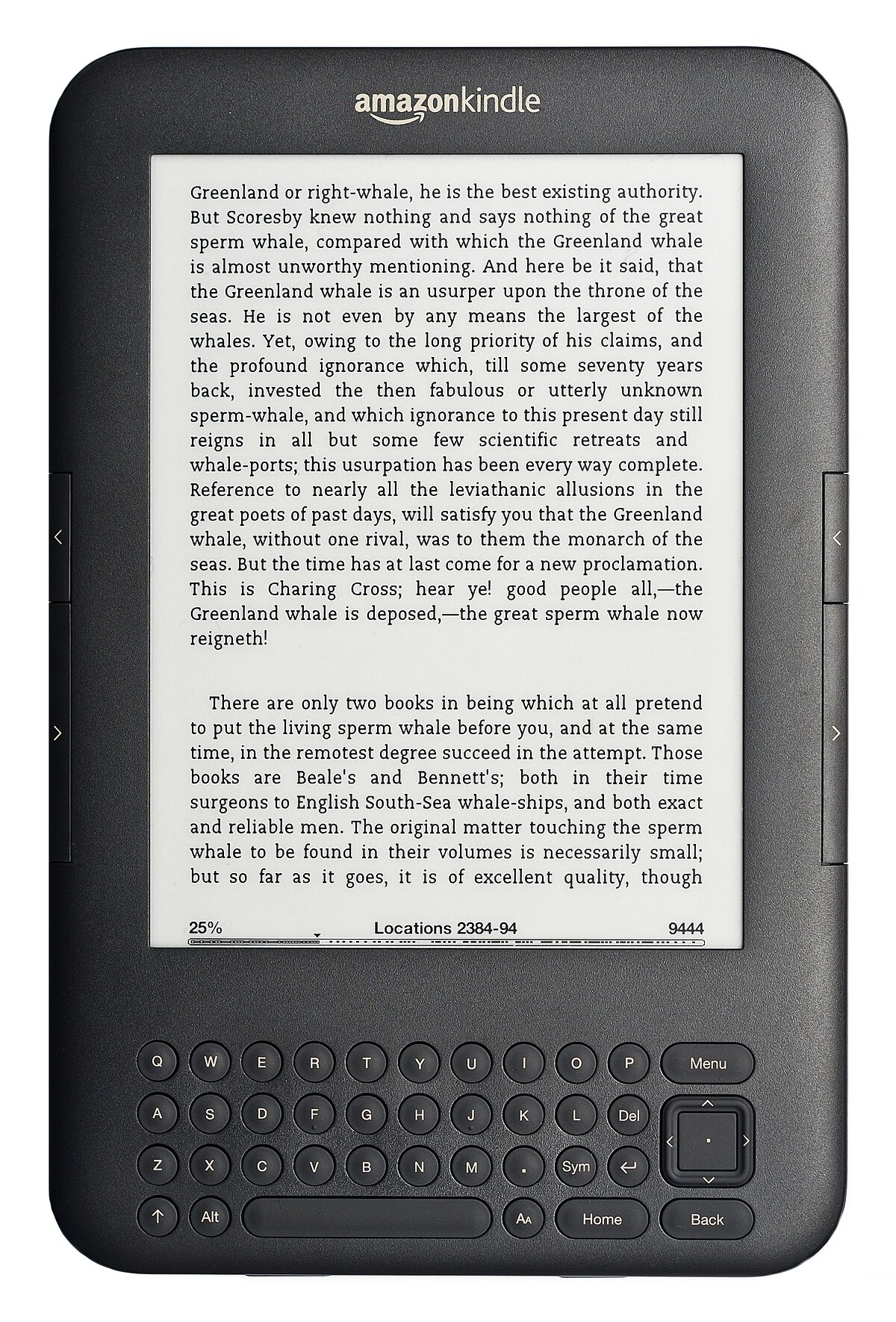
Raspinovka Razjyoma Yatour
Contents • • • • • • • • • • • • • • • • • • • • • • • • • • • • • • • • • • Role and deployment [ ] The fundamental role and purpose of the Croatian Army is to protect vital national interests of the Republic of Croatia and defend the sovereignty and territorial integrity of the state. The Croatian Army's primary tasks are to: • Defend against possible aggression at strategic operational levels and to defend against any land, air, or amphibious assault, in co-operation with the other branches of the CAF. • Help allies and friendly countries in time of need. • Build the capability to carry out non-traditional tasks such as humanitarian support during floods, fires, and other natural disasters.
Organizational structure and status. The Croatian Army is an all-volunteer force numbering 7,514 active duty personnel and 193 civil servants and employees as of August 2016. The Army can also call on 6,000 reserve personnel who serve up to 30 days every year. Apr 20, 2012 - In this tutorial I'll show you how to install a Yatour (also sold as Motrade, Ycarlink and other brandnames) mp3 USB- and SD-card module for.

In 2012, one motorized infantry company is to be detached and put under the command of the EU Battle Group led by Germany. Croatia continues to deploy 350 personnel in support of in. Croatia achieved membership in April 2009. The defence reforms that Croatia initiated in 2000 have a long-term goal of replacing and modernizing the armed forces to meet the challenges of membership. The plan calls for the modernization of the Army and the introduction of training and doctrine in line with Western (NATO) standards. Replacing ex-Yugoslav/Soviet hardware is also one of the main priorities.
There are various ongoing initiatives, such as the upgrade of the tank fleet, introduction of new and standard assault rifles, etc. Procurement of new, NATO-compatible equipment takes a significant part of the defense budget. Until less than a decade ago, Croatia had operated just under 280, but this number decreased significantly due to the withdrawal of roughly 200 obsolete tanks in 2006.
Most of these units have been scrapped, but a limited number have been stored as operational reserve in case of need. The mainstay now are the main battle tanks which are currently undergoing overhauls.
However, modernization of the tank fleet to the standard is also envisaged. In July 2007 won the contract to supply the next generation of to the Croatian Army.
Only 84 vehicles were ordered at first with an additional 42 purchased in an extended contract signed in December 2008. Croatia now operates 126 units with the first six vehicles manufactured in and delivered by late 2008. All remaining vehicles have been locally produced by 2014.